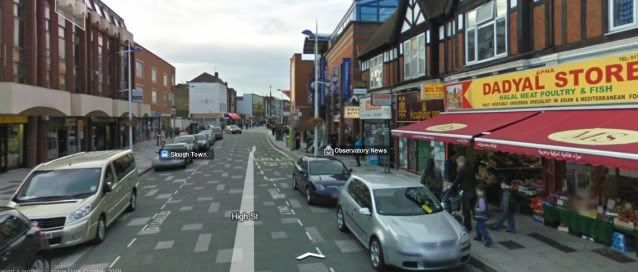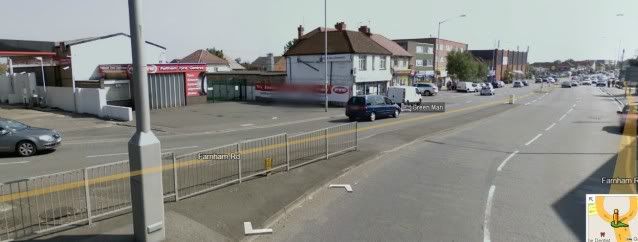Quote:
Originally Posted by Mr Downtown

Sad to say, city planners have had almost no influence over the built form in either the US or Canada. City planners do not determine what will be built. The differences between US and Canadian cities are actually rather small when you compare cities from the same era and similar geography. Most of the differences that do exist have to do with climate and culture.
|
Has some one who has gone to school I can tell you that is not true at all.Try building mobile trailer park in city and they will not allow it.
Try putting up neo sign and big signs and you see how hard it will be to get okay .Try poping up strip clubs and night clubs on every street and you see how hard it is .
IT IS CALLED CITY ORDINANCE !!!!!!!!!!!!!!!!!!!!!!!!!!!!!!
What is Euclidean zoning ?? The Euclidean zoning of 20's separate residential ,commercial ,industrial in zoning areas.This was main thing in US that killed mix use building starting in the 20's .
The sun belt cities and very much the south west was very strong on property rights and very much against city planners and government telling what they can or cannot belt.
Have you ever gone to Mexico and Brazil ? If so there are are homes built with no city permit yes no city permit !!!
Other parts of the US and Canada are very stong on CITY ORDINANCE and Zoning laws and needed a permit to built any thing.
Quote:
|
You really need to stop lumping the entire South and West into one big general category. Most of the area you're referring to IS NOT as you describe.
|
The south west in the US use to be part Mexico and I do know the Mexico look is bright colors and clay not brink .
Quote:
|
Everyone has learned from your past threads that you are talking about L.A./Phoenix/Albuquerque, so how about referencing those cities rather than the "sunbelt" or the entire southern and western U.S.? Most of the South has nothing like the "Mexican architecture" pictured above, so it's kind of offensive to be included in your analysis when it just isn't true.
|
Why ? Because cities in the sunbelt and south west do not have old history like other cities in the US that will look older. And alot of those single story store -fronts there seems to be alot of them there than other parts in ths US.
I'm well aware LA is very unique city in world that look and feel urban and hybrid urban/suburban urban look and feel where most other cities do not look like this in the world.
I'm well aware Phoenix/Albuquerque look newer than LA and more car urban suburb look and feel.
And I'm well aware Las Vagas look even newer Phoenix/Albuquerque and Las Vagas is suburb nothing urban suburb looking at all other than very small down town.
I'm well aware San Francisco has it look and feel.I have not look at Dalls or Fort Worth but it looks very spread out .
But the bright colors and building built out of clay not brink and single story store-front is Mexico look that got that look from colonial spain architecture.
Quote:
|
We hear alot about comparisons like these between the US in Canada, but the reality is the differences weren't that big and we're fairly familiar with them. What I think might be a more edifying comparison, however, would be looking at how the process of transitioning retail to an autocentric model went down in Australia, the other suburbanized new world country, which I don't think we hear enough about. Just, I'm not sure the US vs. Canada thing will bring us very far (essentially it started a little later than in the US and didn't go quite as far basically end of story), but I feel like Australia might yield some interesting discussions as checking out their suburban mainstreets on google maps makes me realize how different their suburbs are to those here, and I'd be fascinated to know some more about the history.
|
When you go to cities in the US or Canada built in the mid 60's to now for the most part they look the same .But from 1920 to mid 60's that not case.
Look at Rational Plan3 pictures in the UK they have more common in the none sub belt cities that was strong on dark brown brick or gray brick than the bright colors .

Cities in US and Canada was strong on mix use like this and narrow street but the Euclidean zoning in the 20's in the US killed this .
This could easy be 40's and 50's strip in Toronto

Where in the US alot cities in 40's and 50's where putting this type of strip up do to Euclidean zoning and most people where driving by that time .And by the 60's the building where pulled back from the road and bigger parking lot .

Canada did not have Euclidean zoning so they where stronger on mix use to 60's
The cities in the 60's in Canada killed the urban look and we never got suburb urban look so became very car centric and suburb look.